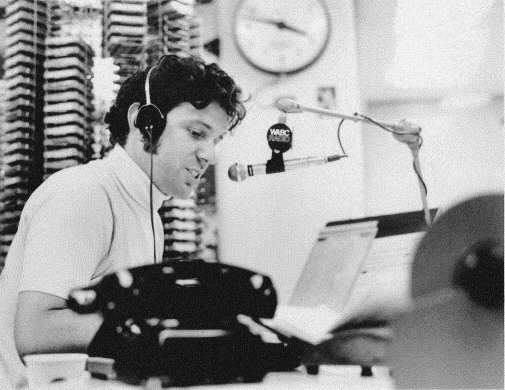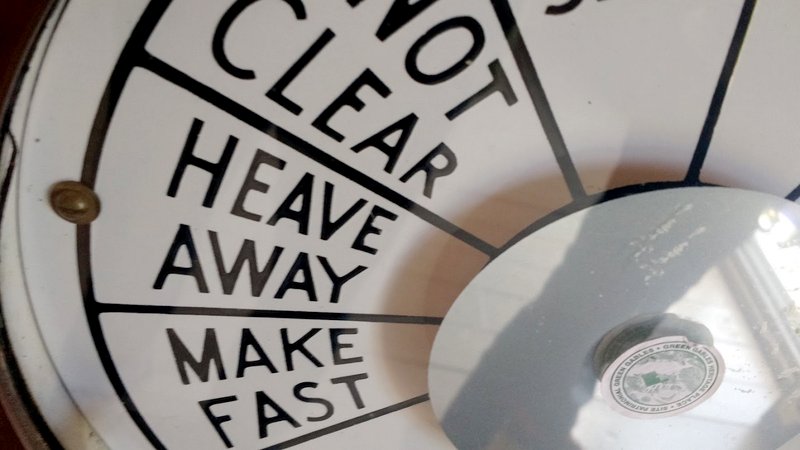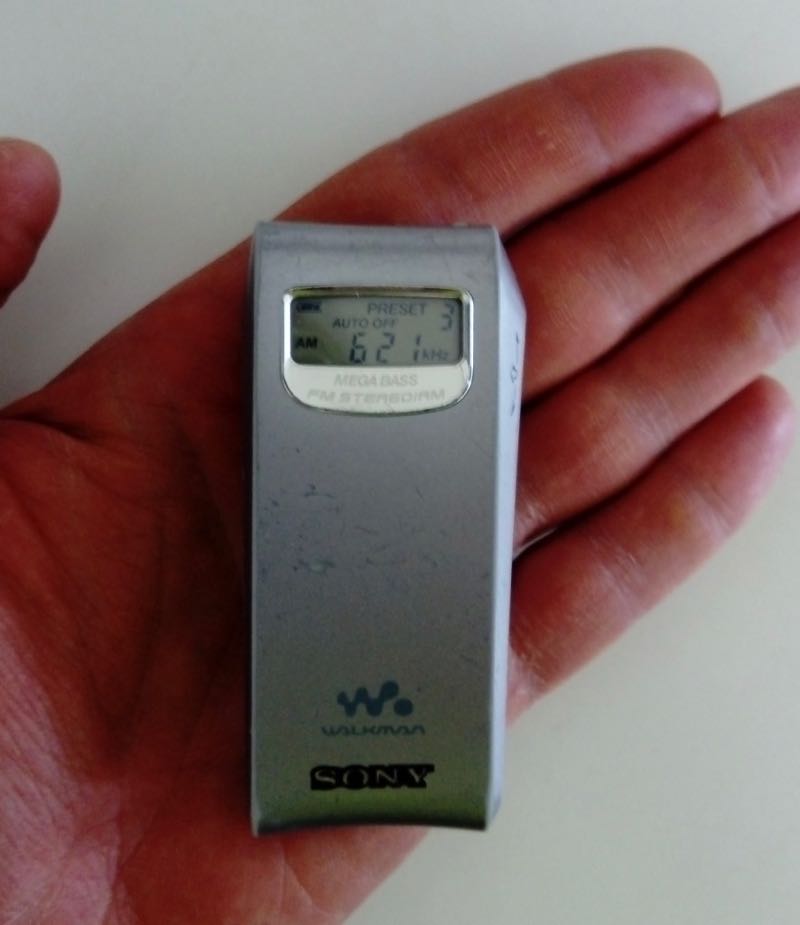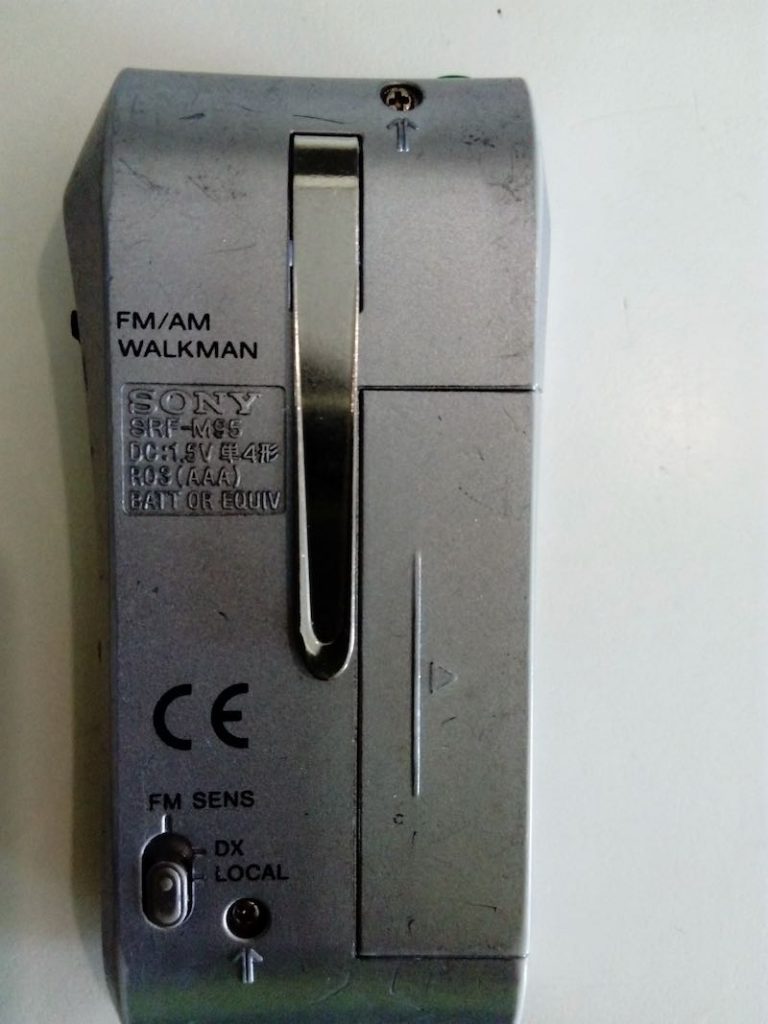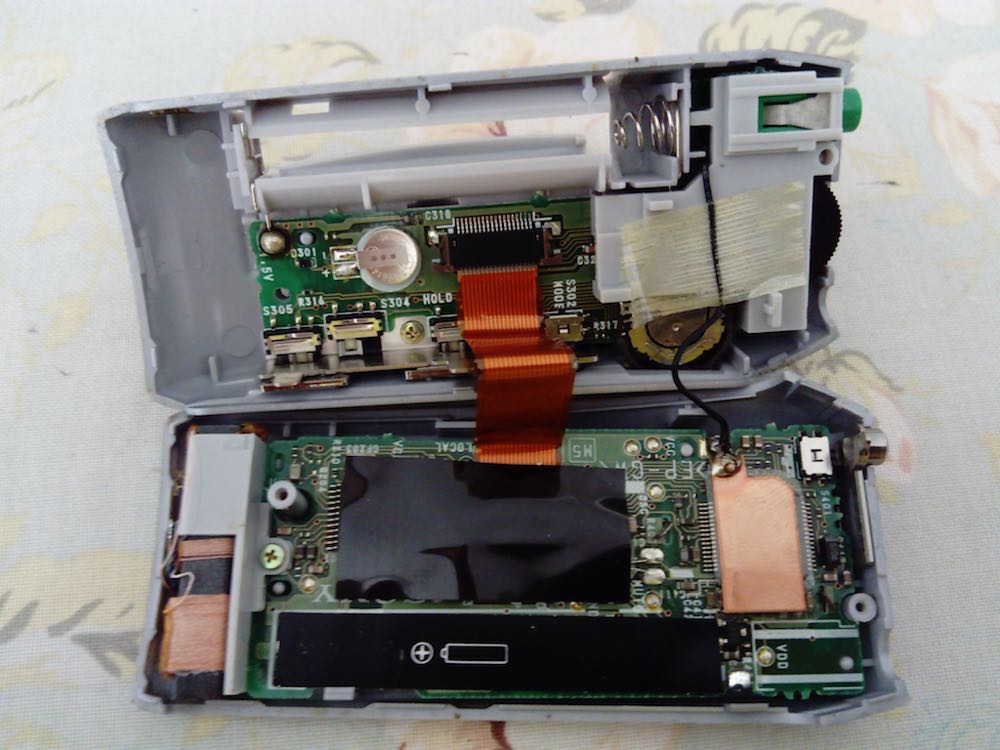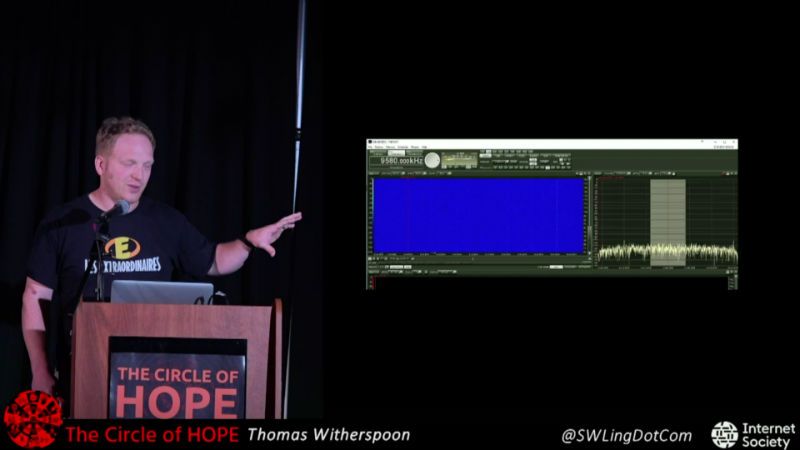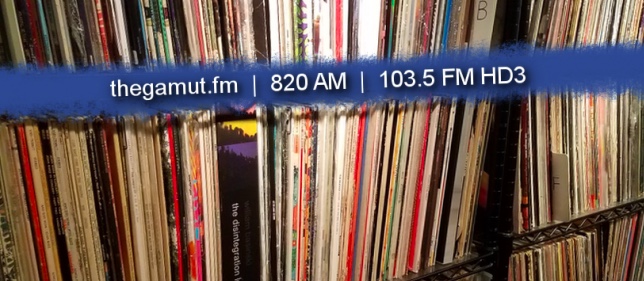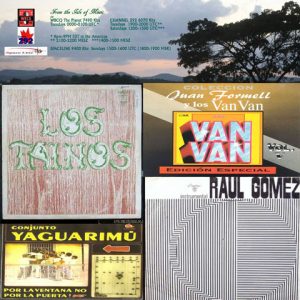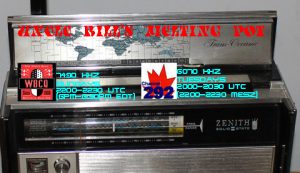Many thanks to SWLing Post contributor, Patrick, who shares the following guest post:
Dear Thomas,
Thank you for all good articles on the SWLing Post.
After the passing of Top 40 radio disc jockey Dan Ingram of WABC 770 AM and later WCBS 101.1 FM, the golden days of Top 40 radio in New York City, the biggest radio market in the United States has been observed in TV and articles. Since 1988, no major AM station in the New York market plays pop music.
Video: Big Dan Ingram Tribute of YouTube
Click here to view on YouTube.
In 1960 WABC 770 AM changed format top Top 40 with upbeat disc jockeys, taking advantage of its 50,000 Watts clear-channel undirectional transmitter with the possibility to reach distant suburbs even 100 miles away during daytime and large portions of eastern United States and Canada after sunset. Its competitors at time were Top 40 stations 1010 WINS, 570 WMCA and 1050 WMGM but with directional transmitters.
Link: News12: A look inside the WMCA Meadowlands radio tower
http://www.news12.com/story/38678814/a-look-inside-the-wmca-meadowlands-radio-tower
Link: WMCA Transmitter Building in LEGO
http://robbender.blogspot.com/2011/02/wmca-transmitter-building-in-lego.html
Link: Photos of the WMCA Transmitter on Flickr
https://www.flickr.com/photos/docsearls/albums/72157686311013535
In the mid-1960s and on to the 1970s WABC had a long line of radio personalities like Dan Ingram, Harry Harrison, Ron Lundy, “Cousin Bruce” Bruce Morrow, and Chuck Leonard to name a few. Teenagers would enjoy listening to WABC with their transistor radios being popular. In the 1970s WABC was often No 1 or 2 in the New York radio ratings.
However, the Top 40 format was to become less popular in AM with FM stations starting to play hits. WMCA dropped its Top 40 format in the fall of 1970. Despite rivals from FM stations like WXLO 99X, soul station WBLS, album-oriented rock stations like WPLJ and WNEW-FM, WABC stayed on top until 1978 with the only notable AM competitor being 660 WNBC with an adult-leaning Top 40.
But when FM-station Mellow WKTU 92 changed format to disco and became Disco 92, an FM became the No 1 station in New York City putting down WABC to No 2 in December 1978. WABC started to play more disco but the audience became confused. With new management WABC started to aim for an older audience playing more adult contemporary songs. By 1981 WABC played more oldies and started to promote talk shows. In May 1982 it was announced that WABC would become a talk radio station. On May 10, the music ended on WABC and it was in radio called the day music died.
Video: Dan Ingram air check from 1980 on WABC in AM Stereo (Youtube)
Click here to view on YouTube.
Link: AM Stereo – the Kahn system (WNYC)
https://www.wnyc.org/story/am-stereo-the-kahn-system/
Video: The end of music on WABC (Youtube)
Click here to view on YouTube.
Video: Aircheck from WKTU Disco 92 in 1979 (Youtube)
https://www.youtube.com/watch?v=1IYPazTGO2I
Click here to view on YouTube.
1010 WINS dropped rock and roll music in 1965 and became an all-news station. 1050 WMGM (WHN from 1962) had various music formats until 1987 when it became all-sports.
660 WNBC was the last of the major Top 40-stations to drop music. It had various pop music formats until 1988 when it became all-sports 660 WFAN since WHN/WFAN changed to that frequency. 660 WNBC introduced shock jock Don Imus and afternoon jock Howard Stern.
Videos: WNBC sign-off
(WCBS-TV)
Click here to view on YouTube.
(WNBC-TV)
Click here to view on YouTube.
Many of the disc jockeys, including Dan Ingram, would join 101.1 WCBS-FM, playing oldies with the Top 40 disc jockey upbeat. The classic Top 40 era with double-digit ratings and the nighttime signal reaching hundreds of miles away was gone.
The website Musicradio 77 has a lot of resources and memorial about WABC but also WMCA: https://musicradio77.com
Patrick
Thank you, Patrick, for the stroll down Memory Lane–and thanks for sharing the informative links and videos!
I truly appreciate honoring Dan Ingram as well–no doubt, there are many SWLing Post readers who remember him from WABC. He was and will always be a radio legend.
Post readers: Do you have any memories of AM Pop Music in New York City? Please comment!

